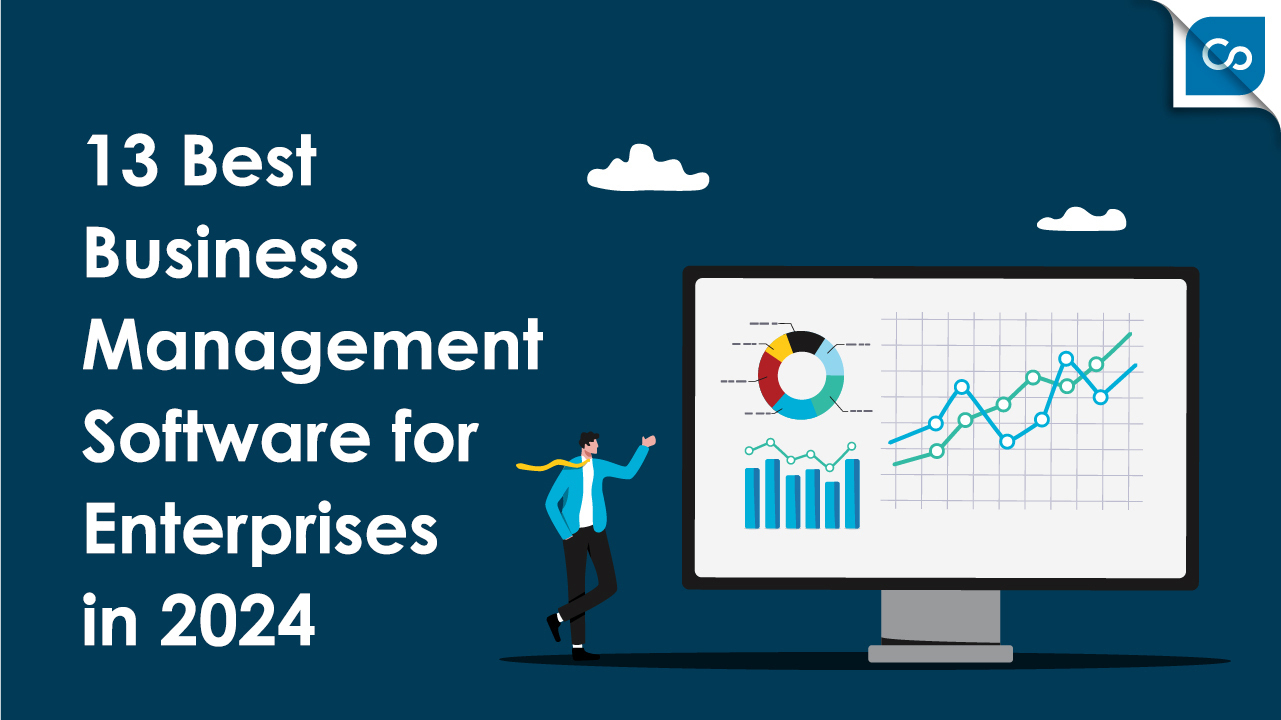How resilient is your business?
How do you anticipate, prepare, respond and adapt to incremental change and sudden disruptions in order to survive and prosper? After all, this is the very definition of organisational resilience.
It’s more than just long-term planning. It also shouldn’t require adversity or a crisis to initiate a discussion on organisational resilience. You can take steps today to reduce risks and enhance your business continuity plan if a disruption were to occur.
So how do you build organisational resilience? If you’re not sure where to begin, use this guide to help you get started.
Identifying the 10 Key Business Processes
Many businesses today continue to work in silos. Organisations have tried to overcome this outdated mentality but are often unsuccessful. The results are that each business unit operates independently, and critical information is withheld.
An excellent place to start on your journey to building organisational resilience is identifying your routine business operations. You could use Porter’s Value Chain model, or you can try categorising it into five components. These are:
-
- Value creation, which relates to identifying customer needs and producing compelling products or services.
-
- Marketing, which attracts attention, builds your brand and communicates the value offering.
-
- Sales, which turns prospects into customers by nurturing them through the process.
-
- Value delivery, which ensures your customers receive what they expect, and any ongoing support when required.
-
- Finance, which manages the accounts and allocates the appropriate resources in line with company goals and priorities.
Once these operations are established, the ten key business processes can be identified. These elements must work together in order to develop a strong value chain and a resilient organisation. The processes include:
- Marketing
- Human resources
- Governance
- Financial analysis
- Management
- Sales
- Product and service development
- Product and service delivery
- Accounting
- Technology
The Functional Domains of Organisational Resilience
There are three core functional domains that make up the organisational resilience business model. These principles provide the necessary structure to help unlock your company’s full potential.
Operational Resilience
One of the critical elements of a resilient organisation is that they completely understand how it runs and its place within the operating environment. Being clear on this allows the company to identify improvements across processes, products, and services.
These benefits can then be passed on to the consumer as well as to employees within the organisation. It also demonstrates that you’re not complacent and continuously seeking opportunities to improve performance while growing sustainably.
Supply Chain Resilience
Over the past decade, supply chain networks have rapidly increased to cover as many continents as possible. As a result, they have also become more complex. The responsibility to quantify and mitigate these risks through procurement, manufacturing, transportation as well as the sale falls on you. It means identifying opportunities to minimise disruption while protecting against financial or reputational exposures.
Information Resilience
Customers expect organisations to protect their sensitive information. Resilient organisations can effectively manage this data, whether it be physical, digital or intellectual property. It requires adopting best practices for gathering, storing, accessing and utilising information effectively. It also means protecting it through the lifecycle from creation to destruction.
How Integration Can Help Build Resilience
Building organisational resilience is easier in a holistic environment where people, assets, finance, and time are combined to produce information, which naturally requires the appropriate level of governance. Bringing together these PAFTCIG (an acronym of the above) elements allows you to break down the barriers that can hold you back from implementing the functional domains of organisational resilience.
Streamlining processes and operations as well as eliminating single points of failure has multiple other benefits as well. Here are just some of the most common ones.
Smarter Decision-Making
Combining business information into one database provides a single source of truth. Data is one of the most valuable assets of any organisation as it allows insights to produce evidence-based decisions across all levels of the business.
More Effective Communication and Collaboration
When there are multiple data and technology environments, it makes it difficult to communicate and collaborate. When there is one database that provides real-time insights, it leads to less confusion and conflicting details. An integrated business allows for information to be shared easily, meaning team members can start collaborating faster rather than spending time gathering the necessary data.
Increased Productivity and Efficiency
Gathering data can waste a lot of valuable time. Searching through multiple systems can eat into resources and profitability, which isn’t ideal during a disruptive period. An integrated business management system allows you to launch faster and strengthen your organisational resilience.
Sustainable Growth
One of the detriments of rapid growth companies can be their complex data and technology environments. The time that is taken to access and review data can quickly slow down progress and impact profits. Business integration is not only a cost-effective solution but is more sustainable to manage. But most importantly, it reduces inefficiencies, so it doesn’t hinder your growth trajectory.
How an Integrated Business Management System Builds Organisational Resilience
An integrated business management system has become essential for organisations looking to build resilience and grow sustainability within today’s competitive landscape. It achieves this by eliminating inefficiencies, improving team productivity, and enhancing business decision making.
At ContinuSys, we work tirelessly to deliver a more efficient way for you to do business. Our integrated suite of web and mobile apps empowers everyone within your organisation to build resilience and operate at their very best at all times. Want to find out more about the ContinuSys difference? Get in touch with us today to find out how we can help you.



